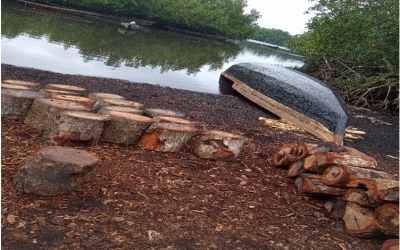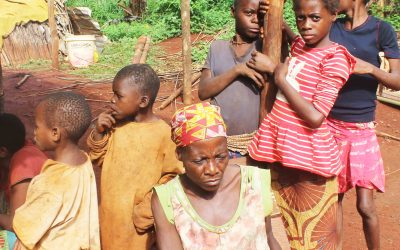Within Cameroon, 15 of the country’s Critically Endangered trees are recorded from Mount Cameroon. It is a high priority for tree conservation, hosting more than 40 globally threatened tree species. Following the establishment of Mount Cameroon National Park (MCNP) in 2010, GTC partner ERuDeF supported MCNP staff and local community members to develop the skills required to identify, survey and propagate threatened tree species. This was through the Conservation of threatened trees of the Mt. Cameroon area project
The five year-old projects have been supported by FFI through the Globa Campaign Program.
However, the project has found no individuals of Microberlinia bisulcata (African Zebra wood/Zingana) remaining within MNCP’s boundaries. The 2012-13 surveys identified an important population of about 900 individuals outside MCNP, in the nearby Mokoko River Forest Reserve. In 2014 and 2015 this population was subject to heavy illegal logging. During crack down patrols organized by the Ministry of Forestry and Wildlife in June, 2014, pieces of sawn timber were seized and the culprit arrested. However, addressing illegal logging on a long-term basis is extremely challenging, as only one government representative is based at this reserve and high levels of immigration to the area are resulting in ongoing forest conversion. For this species, seed collection and planting into more secure areas of forest close to MCNP (as mentioned above) was seen as the most effective strategy for its survival.
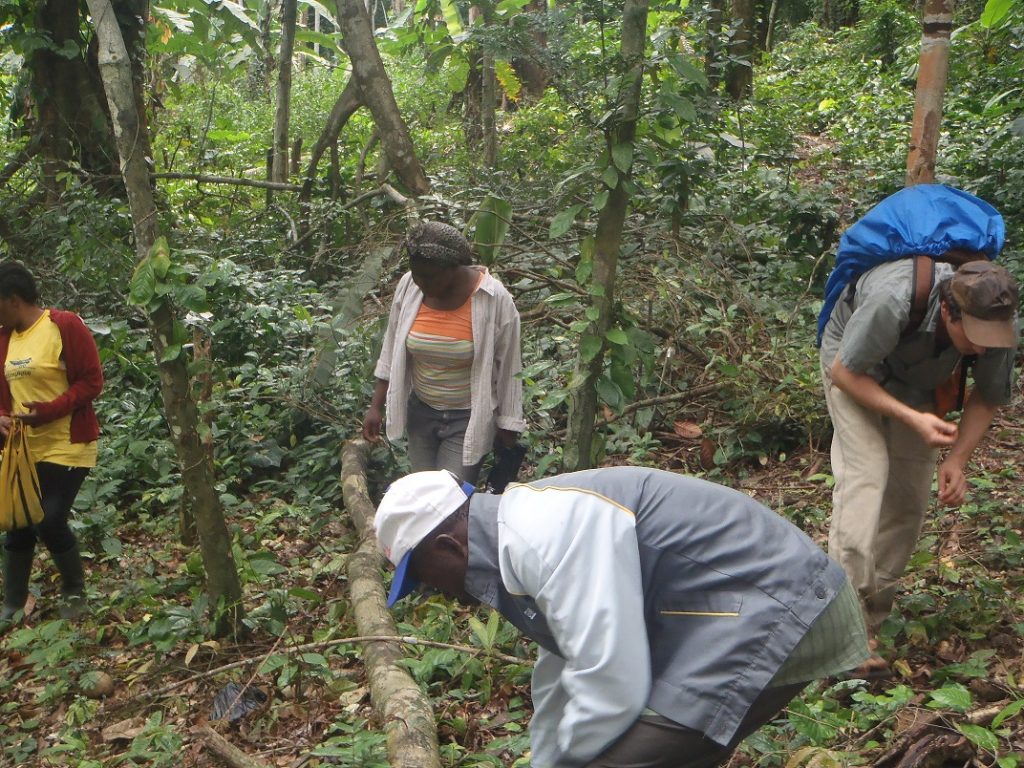
In 2015, the Mohamed bin Zayed Species Conservation Fund yielded to ERuDeF’s proposal to sponsor conservation activities at the Mokoko area (where 900 seeding trees are found) for one year. Since then, MBZ through “Save Microberlinia at the Mokoko area”project has greatly supported conservation activities in the reserve. The project had the objectives to:
- To ensure the implementation of the 1994 Forestry Code at FMU 11008A and 11008B
- To ensure that M. bisulcata in and around the Mokoko River Forest Reserve is conserved
Several methods were employed to meet up objectives. Planning meetings were held with all stakeholders at the beginning of every quarter and evaluation meetings were held every semester. Capacity building workshops were affected using a participatory approach with the aid of posters, demonstration and brochures. Sensitization and training sessions were held in different communities in Mokoko Forest Reserve on the Cameroon 1994 Forestry Law, identification of M.bisulcata, nursery creation and management, patrols. Field expeditions and surveys took place in the reserve through which M.bisulcata trees were marked as reserve and wildings were collected.
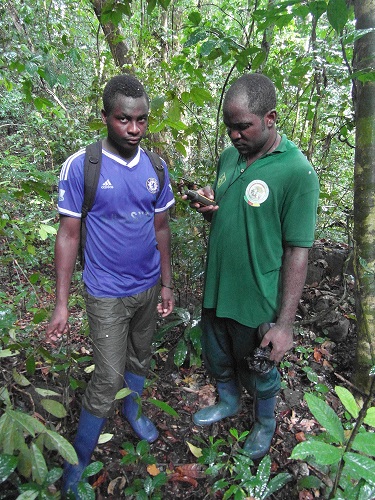
The main activities included capacity building of MINFOF officials including the CPs and VFMCs on patrols against illegal logging of M.bisucata. The remaining trees of African Zebrawood were marked as reserved and wildings were collected for regeneration purpose. To ensure sustainability of the species, a technical proposal was prepared for the minister of forestry and wildlife to place a ban on the species.
During surveys, 25 seeding trees of M.bisulcata were marked to be reserved. It was noticed by the patrol team during patrols that illegal activities had reduced significantly. This was attributed to frequent presence and the aggressiveness of the Local authorities and the existence of a network of informants on illegal activities. To ensure that M.bisulcata in Mokoko Forest Reserve is conserved. A technical proposal was prepared and submitted to lobby for the placement of a ban on the commercial logging of the species.
The project created numerous impacts in the area. The Meme River Forest and the Southern Bakundo Forest Reserves were reforested with M. bisulcata raised by CP of Mbonge .The transaction fetched him some 1700USD which he used as school fees of his 2 children in the High school.
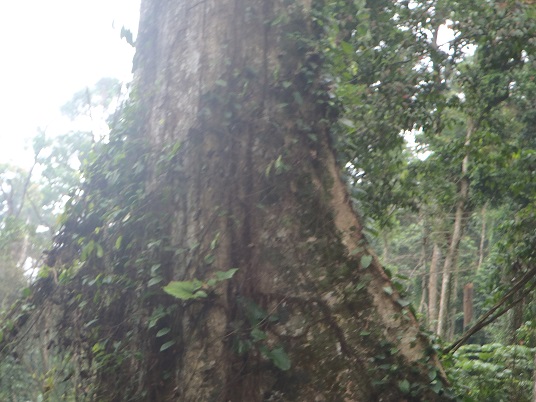
Some major challenges were encountered during the implementation period. These included continuous illegal logging of the species and forest clearance. Within the project year, four mature and fruiting M. bisulcata trees on which the project depended heavily for seed collectionhad been felled by farmers and illegal operators.
A classical inventory was necessary for M.bisulcata to back up the technical note to ignite a Ministerial ban on the species. However, this was not possible due to financial constraints.
Despite the challenges faced, the Mohamed bin Zayed Species Conservation Fund has ignited the possibility of saving the remaining M. bisulcata trees in the wild and if given the opportunity of continuity will definitely save M. bisulcata in the entire Mt. Cameroon area.

